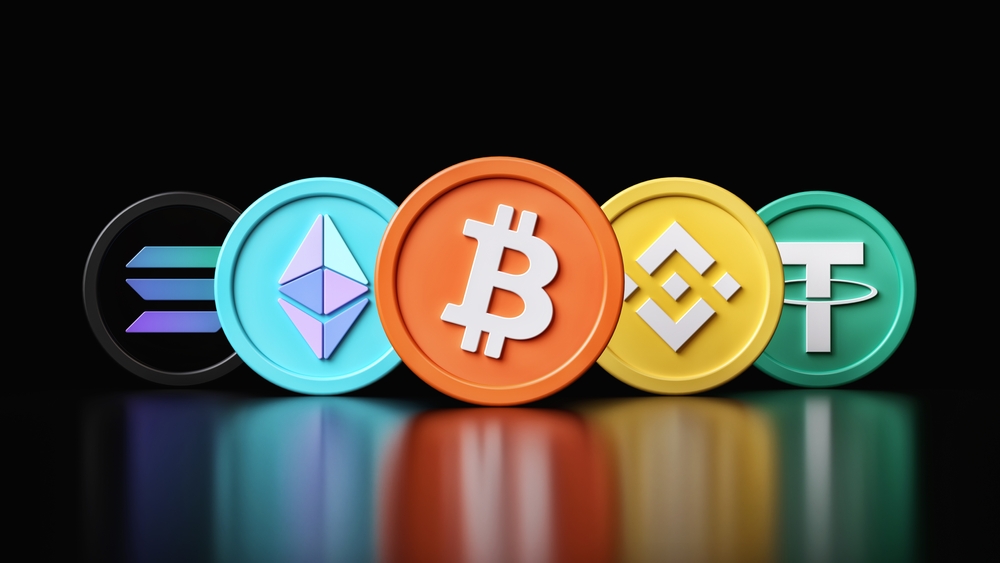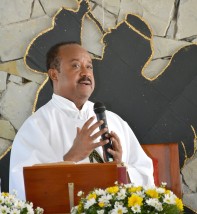- What is the market cap of all cryptocurrencies
- All the cryptocurrencies
- Why do all cryptocurrencies rise and fall together
Are all cryptocurrencies mined
Avalanche is a decentralized, open-source blockchain platform designed for scalable and secure applications. It aims to provide high-speed transactions, low fees, and environmentally friendly consensus mechanisms https://magazroxik.info/bonuses/welcome-bonus/. Avalanche’s consensus protocol supports interoperability between different blockchains, allowing for efficient decentralized finance (DeFi) solutions, making it a rapidly growing player in the crypto space.
Ethereum is another top choice for crypto gamblers, especially because of its faster processing speeds and smart contract capabilities. Many casinos built on blockchain technology use Ethereum as their base, making it a popular alternative to Bitcoin.
Tokenized assets and NFTs have already started being slowly integrated into the realm of crypto casinos, but it seems as though their role in the iGaming industry will only grow in the future, for example as in-game assets or items.
What is the market cap of all cryptocurrencies
Often, big changes in the crypto market cap are connected to significant events in the cryptocurrency and blockchain industry. Here are some of the most impactful events that resulted in major cryptocurrency market movements:

Often, big changes in the crypto market cap are connected to significant events in the cryptocurrency and blockchain industry. Here are some of the most impactful events that resulted in major cryptocurrency market movements:
Top cryptocurrencies such as Bitcoin and Ethereum employ a permissionless design, in which anyone can participate in the process of establishing consensus regarding the current state of the ledger. This enables a high degree of decentralization and resiliency, making it very difficult for a single entity to arbitrarily change the history of transactions.
ICO stands for Initial Coin Offering and refers to a method of raising capital for cryptocurrency and blockchain-related projects. Typically, a project will create a token and present their idea in a whitepaper. The project will then offer the tokens for sale to raise the capital necessary for funding development. Even though there have been many successful ICOs to date, investors need to be very careful if they are interested in purchasing tokens in an ICO. ICOs are largely unregulated, and very risky.
Play-to-earn (P2E) games, also known as GameFi, has emerged as an extremely popular category in the crypto space. It combines non-fungible tokens (NFT), in-game crypto tokens, decentralized finance (DeFi) elements and sometimes even metaverse applications. Players have an opportunity to generate revenue by giving their time (and sometimes capital) and playing these games.
The Bitcoin market cap is currently 2,044.52 billion. We arrive at this figure by multiplying the price of 1 BTC and the circulating supply of Bitcoin. The Bitcoin price is currently $ 102,926 and its circulating supply is 19.86 million. If we multiply these two numbers, we arrive at a market cap of 2,044.52 billion.
All the cryptocurrencies
In our list of all cryptocurrencies, you’ll find the latest information on the most popular digital assets like Bitcoin, Ethereum, and thousands of other coins. We have included the coin name, current price, 24h change, market cap, circulating supply, and 24h volume. View the full list of all active cryptocurrencies below.
CoinMarketCap does not offer financial or investment advice about which cryptocurrency, token or asset does or does not make a good investment, nor do we offer advice about the timing of purchases or sales. We are strictly a data company. Please remember that the prices, yields and values of financial assets change. This means that any capital you may invest is at risk. We recommend seeking the advice of a professional investment advisor for guidance related to your personal circumstances.
People invest in cryptocurrencies for various reasons, including financial freedom, supporting blockchain technology, participating in decentralized finance (DeFi) ecosystems, exploring new investment opportunities, owning digital collectables (NFTs), hedging against traditional markets, and fostering global economic inclusion. These unique qualities and potential offered by digital assets attract individuals seeking to diversify their portfolios and contribute to technological innovation.
At the time of writing, we estimate that there are more than 2 million pairs being traded, made up of coins, tokens and projects in the global coin market. As mentioned above, we have a due diligence process that we apply to new coins before they are listed. This process controls how many of the cryptocurrencies from the global market are represented on our site.
Why do all cryptocurrencies rise and fall together
Projects with a high percentage of their total supply already in circulation often show more stable price movements. For example, cryptocurrencies with over 80% of their supply in circulation tend to experience less volatility. However, projects with less than 50% of their supply in circulation can pose risks of dilution, which may negatively impact their value. Understanding these supply metrics is crucial for investors navigating the cryptocurrency market.
The speculative nature of the cryptocurrency markets is another reason for the simultaneous movement of cryptocurrencies. Investors often speculate on the future value of cryptocurrencies based on current market trends and economic indicators. This speculation can amplify correlations, especially during risk-off events when investors tend to sell off risky assets, including cryptocurrencies. As a result, most cryptocurrencies tend to move together in the market.
So now, if someone asks you what makes crypto go up and down, you have the answers. However, crypto is still volatile and a hugely speculated space. Hence, global regulations, bans, and pro-crypto stances can also impact prices. Due to the plethora of price-influencing factors at play, you should always do your research before making any crypto-specific decision.
One of the main reasons for the parallel movement of cryptocurrencies is institutional trading. Large investors often trade baskets of cryptocurrencies in a manner similar to stock indices. This trading method can cause multiple cryptocurrencies to move in tandem. As institutional investors usually hold a significant portion of the market, their trading decisions can significantly influence the market trends.
The appeal of non-government currencies, such as a crypto currency, is that they are separated from the control of and the reliance upon the backing of a centralized authority. However, this disintermediation also removes the theoretical stability provided to a currency by a governmental authority and the backing of that currency by the actual economy of a nation state. Without this backing, cryptocurrencies do not, and should not be expected to, trade in the traditionally more stable manner of fiat currencies.

